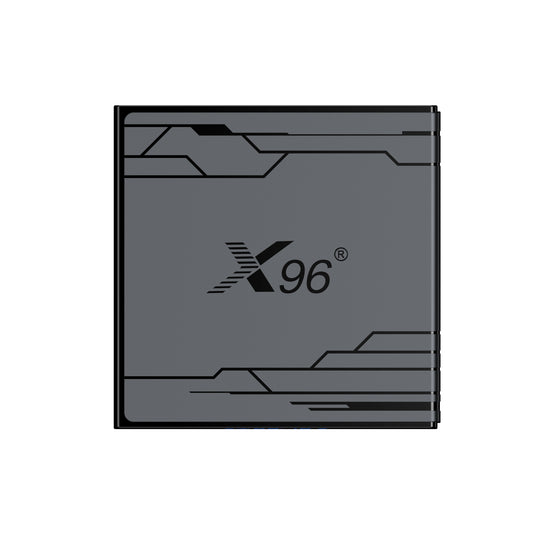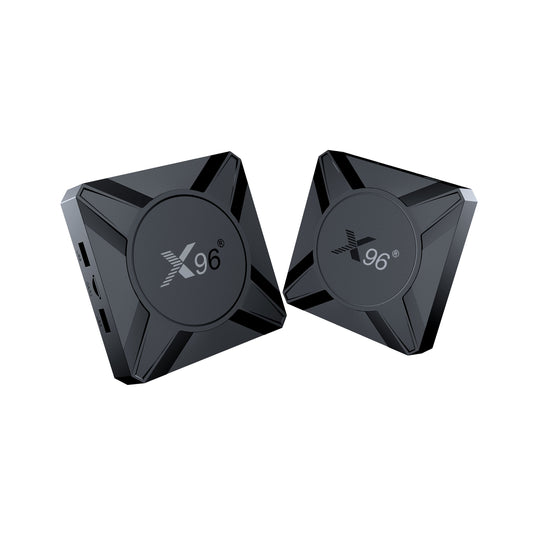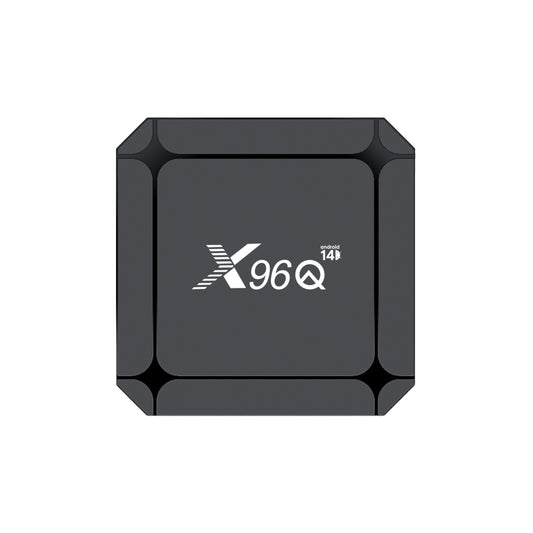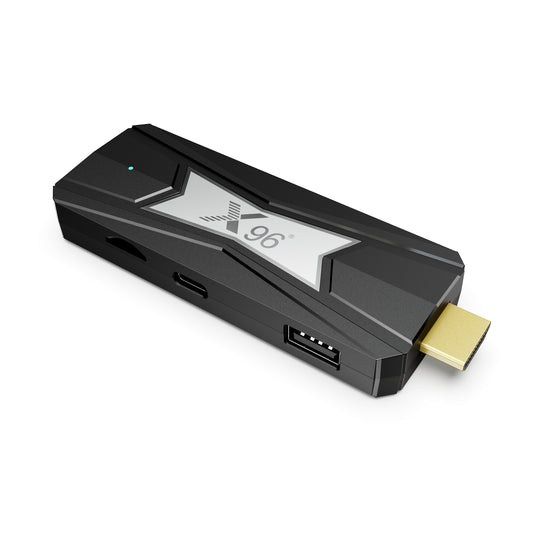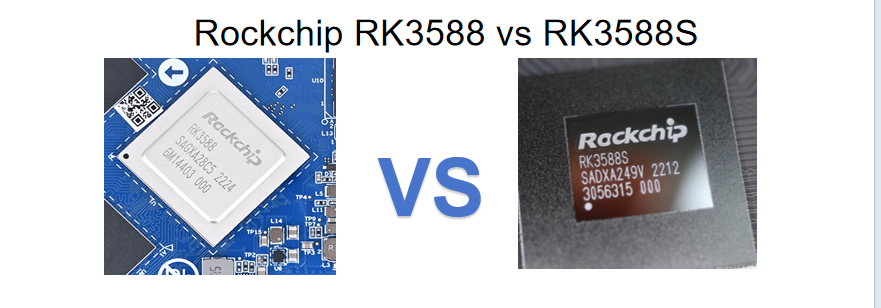
Rockchip RK3588 vs RK3588S
When evaluating advanced System-on-Chips, the comparison of Rockchip RK3588 vs RK3588S stands out due to their distinct capabilities and target applications. The RK3588 excels in high-performance environments, offering superior processing power and advanced multimedia features, making it ideal for premium media players and AI-driven devices. In contrast, the RK3588S provides a more cost-effective solution with efficient energy consumption, catering to budget-friendly products and standard multimedia tasks. This article will provide a detailed analysis of their specifications, strengths, and the scenarios in which each chip thrives, enabling informed decisions for developers and manufacturers.
1.Rockchip RK3588


The Rockchip RK3588 is a high-performance SoC designed for demanding applications, particularly in media playback, AI processing, and gaming. It features an octa-core CPU configuration that combines four powerful Cortex-A76 cores with four efficient Cortex-A55 cores, enabling it to handle both high-performance and energy-efficient tasks effectively. The integrated Mali-G610 MP4 GPU supports advanced graphics rendering, making the RK3588 suitable for 8K video decoding and 4K video encoding at 60fps.
With a support for up to 32GB of RAM and multiple storage options (including eMMC 5.1 and UFS 2.1), the RK3588 is ideal for high-end media players, smart TVs, and AI-driven applications. Its advanced connectivity options, including USB 3.1 and PCIe 3.0, provide versatility for various use cases.
2. Rockchip RK3588S

Equipped with the cutting-edge Rockchip RK3588S, an octa-core 64-bit chipset, this motherboard boasts the potential to handle up to 32GB of RAM. It excels in high-resolution media handling with its 8K video processing proficiency and offers a multitude of connectivity options, including the capability for NVMe SSD upgrades. The board is versatile, supporting a range of operating systems, making it an excellent candidate for applications in edge computing, AI, cloud services, as well as virtual and augmented reality solutions.
3. RK3588 vs RK3588S
RK3588 vs RK3588S basic performance comparison table
| Features | RK3588 | RK3588S |
| Package | 23x23 mm, 0.65pitch | 17x17 mm, 0.4pitch |
| DDR | Support LPDDR4/4X & LPDDR5 2x32Bit | Support LPDDR4/4X & LPDDR5 2x32Bit |
| Storage | Support eMMC 5.1 | Support eMMC 5.1 |
| Support FSPI Flash (FSPI, route to 3 IOMUX) | Support FSPI Flash (FSPI, route to 2 IOMUX) | |
| Micro SD Card 3.0 | Micro SD Card 3.0 | |
| USB | 1x USB3.0 (shared with PCIE20/SATA30) | 1x USB3.0 (shared with PCIE20/SATA30) |
| 2x USB2.0 HOST | 2x USB2.0 HOST | |
| 2x USB3.1 + 2x USB2.0 OTG (Two full function Type C) | 1x USB3.1 + 1x USB2.0 OTG(One full function Type C) | |
| DISPLAY | TYPEC/DP1.4 shared, 2x4 lane DP1.4 | TYPEC/DP1.4 shared, 1x4 lane DP1.4 |
| 2x HDMI2.1 TX/eDP1.4 | 1x HDMI2.1 TX /eDP1.4 | |
| 2x4 Lane MIPI DPHY TX/CPHY TX | 2x4 Lane MIPI DPHY TX/CPHY TX | |
| CAMERA/VIDEO INPUT | 2x4 Lanes MIPI CSI or 4x2 lanes MIPI CSI | 1x4 Lanes MIPI CSI or 2x2lanes MIPI CSI |
| 2x MIPI CPHY RX/MIPI DPHY RX | 2x MIPI CPHY RX/MIPI DPHY RX | |
| HDMI RX | 1x4 Lanes HDMI RX | N/A |
| PCIE3.0 | 2x2 Lanes PCIe3.0 | N/A |
| PCIe2.0/SATA3.0/USB3.0 MUX | 3x1 Lane PCIE2.0 | 2x1 Lane PCIE2.0 |
| 3x SATA 3.0 | 2x SATA 3.0 | |
| 1x USB3.0 (refer USB section) | 1x USB3.0 (refer USB section) | |
| SARADC | x8 | x6 |
| SDIO | 1x SDIO, route to 2 IOMUX | 1x SDIO, route to 1 IOMUX |
| GMAC | 2x (GMAC0+GMAC1) | 1x (GMAC1) |
| I2C | x9 | x9 |
| PWM | x16 | x16 |
| UART | x10 | x10 |
| SPI | x5 | x5 |
| I2S | x4 | x4 |
| PDM | x2(Data0~Data3) | x2(Data0~Data3) |
| CIF | x1(CIF0~Data15) | x1(CIF0~Data15) |
| BT1120 | x1(Data0~Data15) | x1(Data0~Data15) |
| CAN | x2 | x2 |
| SPDIF | x2 | x2 |
4. Rockchip RK3588 vs. RK3588S: Choosing the Right SoC for Your Application
Rockchip RK3588:
Target Market: High-end industrial applications
Performance: High performance with balanced features
Video Capabilities: Superior video decoding, ideal for multimedia applications
Interfaces: Abundant interfaces for extensive customization
Package Size: 23x23mm, suitable for products without stringent size limitations
Use Case: If your product requires multi-scenario use and complex interfaces, the RK3588 is the go-to choice. It's designed to satisfy technological requirements for the next five years, making it perfect for AIoT applications.
Rockchip RK3588S:
Target Market: Consumer-grade products
Performance: Consistent with RK3588 but with fewer interfaces
Video Capabilities: Scaled-down video I/O capabilities
Interfaces: Reduced Type-C, SATA, and Ethernet ports; no PCI-E expansion
Package Size: 17x17mm, more appropriate for portable devices
Use Case: For applications with straightforward interface needs and a single-use scenario, the RK3588S offers an effective way to control costs.
Design Considerations:
Due to the complex design of both SoCs, a modular approach using a core board and baseboard is advisable.
Utilize B2B connectors with a minimal pitch (as low as 0.4mm) to reduce the impact on PCBA thickness.
This modular strategy can help lower development and inventory costs for various projects.
In summary, your choice between the RK3588 and RK3588S should be guided by the specific requirements of your application, considering the balance between performance needs and cost-effectiveness.
7. Rockchip RK3588 vs RK3588S Conclusion
The Rockchip RK3588 vs RK3588S comparison highlights that the RK3588 excels in configuration and performance, making it ideal for high-end applications like media players and gaming consoles, though its higher price limits its market reach. In contrast, the RK3588S offers a cost-effective solution with sufficient performance for 4K video and basic AI tasks, appealing to budget-conscious users and a broader market. Overall, both SoCs cater to different user needs and application scenarios.

